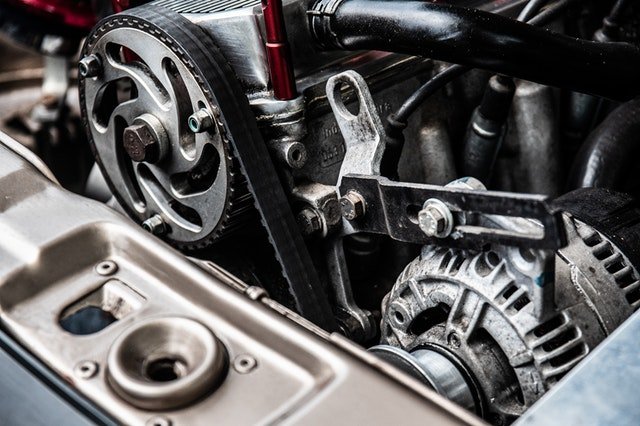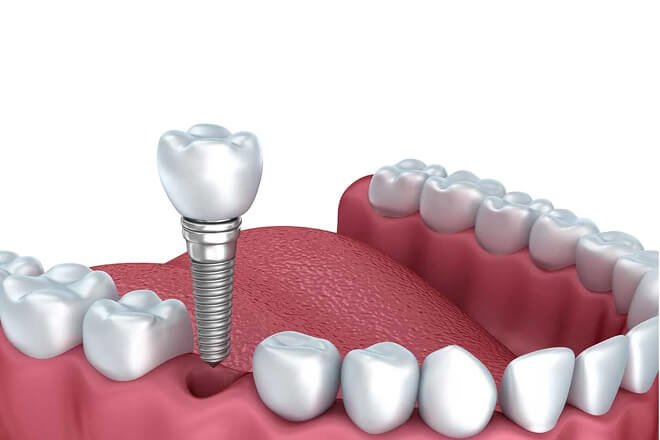
What Is the Most Effective Method for Wet Wall Drying?
Dealing with water damage in your home or commercial property can be stressful. When walls and ceilings become damp, mold growth, structural issues, and lingering odors are common concerns. Knowing the most effective method for wet wall drying is crucial to protect your property and ensure a safe, healthy environment. This guide will explore practical, professional approaches to wet wall drying and ceiling drying, highlighting solutions provided by experts like Structural Drying Australia.
Why Is Prompt Wet Wall Drying Important?
Water damage can compromise the structural integrity of walls and ceilings if not addressed quickly. Damp walls absorb moisture over time, weakening plaster, drywall, and wooden frameworks. Delayed drying can also lead to mold growth, which not only damages surfaces but can affect indoor air quality.
Prompt wet wall drying helps in:
-
Preserving the building’s structure
-
Preventing mold and mildew formation
-
Reducing long-term repair costs
-
Maintaining healthy indoor air quality
Professional services, such as those offered by Structural Drying Australia, use advanced methods to ensure complete and efficient drying, safeguarding both your property and health.
What Are the Common Causes of Wet Walls?
Before understanding how to dry wet walls, it’s essential to identify why walls get wet. Common causes include:
-
Leaking Roofs or Ceilings: Water can seep through damaged roofing and accumulate in walls.
-
Plumbing Leaks: Burst pipes or faulty plumbing joints often cause hidden dampness.
-
Flooding: Heavy rain or stormwater can saturate walls and ceilings.
-
Condensation: Poor ventilation leads to moisture accumulation, particularly in bathrooms and kitchens.
Recognizing the cause is vital to select the most effective wet wall drying method. Temporary solutions may not work if the source of water is not fixed.
Which Techniques Are Most Effective for Wet Wall Drying?
Several methods are used to dry wet walls effectively. Each technique depends on the severity of the water damage, wall materials, and environmental conditions.
1. Air Circulation and Ventilation
Using fans and open windows to promote air circulation is the most basic form of wet wall drying. While this method works for minor dampness, it is less effective for saturated walls or ceilings.
Advantages:
-
Inexpensive and easy to implement
-
Can be used immediately after water exposure
Limitations:
-
Slow drying process
-
Not suitable for severe water damage
Professional services often combine air circulation with specialized equipment to accelerate drying without causing additional damage.
2. Dehumidification for Wet Wall Drying
Dehumidifiers are a cornerstone of professional wet wall drying. By extracting moisture from the air, they help walls and ceilings dry more quickly and evenly.
How it works:
-
Industrial-grade dehumidifiers pull moisture from the air and surrounding surfaces
-
Walls gradually lose absorbed water, reducing dampness
-
Prevents condensation and secondary water damage
This method is particularly effective when paired with heating and air circulation, ensuring that all layers of the wall, including insulation, are dried.
3. Heat Drying
Heat drying involves using warm air to speed up evaporation. Electric heaters or hot air blowers are commonly used in this method.
Benefits:
-
Accelerates drying times significantly
-
Ideal for areas where ventilation is limited
Precautions:
-
Overheating can damage paint and plaster
-
Requires monitoring to avoid creating new moisture issues
Structural Drying Australia often combines heat drying with dehumidification to achieve optimal results without damaging walls or ceilings.
4. Inject Drying Techniques
For walls with deep-seated moisture, professional contractors may use inject drying techniques. This method involves injecting dry air or vacuum-assisted systems directly into wall cavities.
Advantages:
-
Targets moisture hidden behind drywall or in insulation
-
Prevents the need for extensive demolition
-
Ensures complete drying and reduces mold risk
This method is highly effective for both wet wall drying and ceiling drying when water has penetrated inaccessible areas.
How Can Ceiling Drying Be Done Effectively?
Ceilings, like walls, can retain water after leaks or flooding. Effective ceiling drying is crucial to prevent sagging, peeling paint, and structural damage.
Steps for Ceiling Drying:
-
Identify the source of moisture: Ensure leaks or water entry points are repaired.
-
Use controlled dehumidification: Position industrial dehumidifiers at the center of the room to pull moisture evenly.
-
Apply heat carefully: Use warm air to accelerate drying, but avoid excessive heat that may warp ceiling materials.
-
Monitor progress: Moisture meters help track drying levels and confirm complete moisture removal.
Professional teams, such as Structural Drying Australia, specialize in ceiling drying with minimal disruption and maximum efficiency.
What Are the Advantages of Professional Wet Wall Drying Services?
While some homeowners attempt DIY drying methods, professional services provide several advantages:
-
Faster Drying Times: Industrial equipment ensures walls and ceilings dry quickly, reducing the risk of secondary damage.
-
Comprehensive Moisture Removal: Professionals target hidden moisture in cavities and insulation.
-
Mold Prevention: Effective drying methods prevent mold growth, safeguarding indoor air quality.
-
Reduced Repair Costs: Proper drying prevents long-term structural issues, saving money on repairs.
By hiring experts like Structural Drying Australia, property owners can rely on proven techniques that are safer and more efficient than DIY methods.
How Do You Monitor the Drying Process?
Monitoring is a crucial step in wet wall drying. Moisture meters and thermal imaging cameras help professionals detect hidden damp spots and track drying progress.
Key Monitoring Steps:
-
Initial Assessment: Measure the moisture content before starting the drying process.
-
Regular Checks: Monitor walls and ceilings daily to adjust equipment as needed.
-
Final Verification: Confirm that moisture levels are within safe limits before completing repairs.
Proper monitoring ensures that wet wall drying and ceiling drying are thorough, reducing the likelihood of recurring issues.
Conclusion: What Is the Most Effective Method for Wet Wall Drying?
The most effective method for wet wall drying combines dehumidification, heat, and targeted air circulation, often with specialized inject drying techniques for hard-to-reach areas. Ceiling drying requires careful attention to prevent sagging and mold growth.
Professional services like Structural Drying Australia offer advanced equipment and expertise, ensuring complete moisture removal, protecting structural integrity, and promoting a healthy indoor environment.
Investing in professional wet wall and ceiling drying solutions is not just about fixing immediate water damage—it’s about preventing long-term problems and safeguarding your property. Whether you are dealing with minor leaks or major flooding, choosing the right method can make all the difference.












